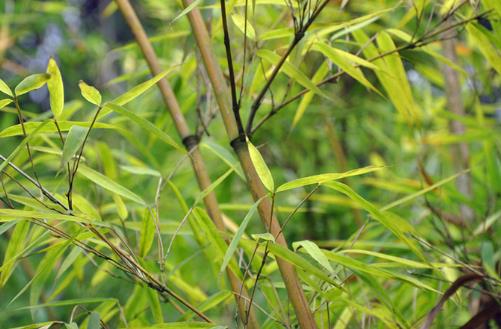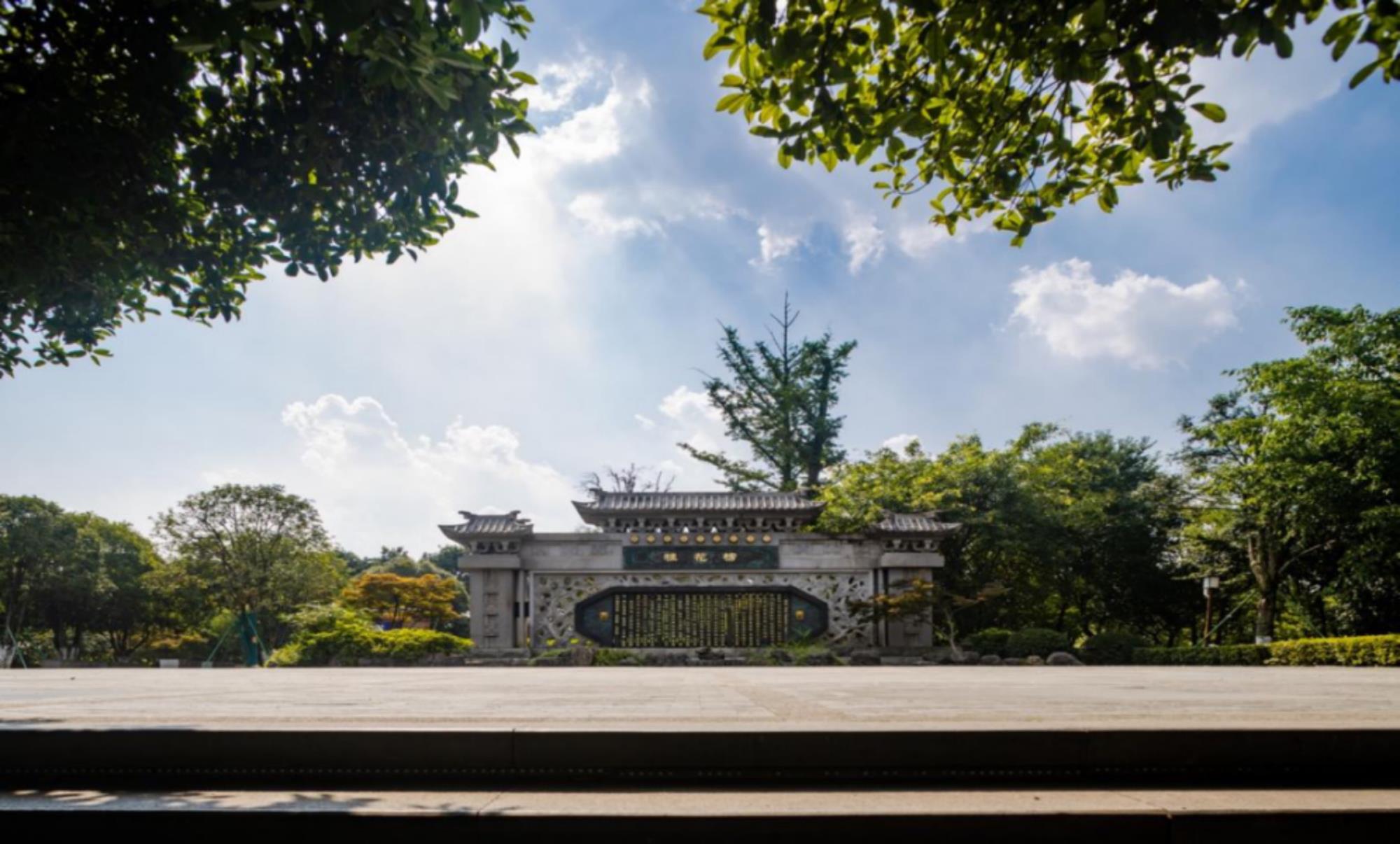
Bitter bamboo (scientific name: Pleioblastus amarus (Keng) Keng) is a lignified tree of the family Gramineae and bamboo. The culm is up to 5 meters high, erect, and the culm ring is raised, higher than the sheath ring; Branches slightly expanded. The sheath is leathery, green, the sheath tongue is truncated, light green, the sheath piece is long and narrow lanceolate, the ventral surface is glabrous, the leaf sheath is glabrous, the hay is yellow, and the leaf ear and the sheath mouth are hairless; The leaf tongue is purplish red, the leaf blade is elliptic lanceolate, and there are fine serrations on both sides of the leaf margin; Raceme or panicle, spikelet petiole puberulent; Spikelets contain florets, one side of spikelet axis is flat, the first glume can be scaly, the second glume is wider than the first glume, and the third, fourth and fifth glumes are usually similar to lemma but slightly smaller; Lemma ovate lanceolate, palea usually longer than lemma, scales ovate or obovate, style short, stigma feathery. The shoot period is June, and the flowering period is April May.
Growth habit:
Bitter bamboo is suitable for growing in sunshine, good drainage, deep soil layer, loose and thick soil, waterless but wet gentle hillsides, valleys, banks of rivers, beaches and courtyards. It grows well in slightly acidic to neutral soil, and is not suitable for planting in heavy soil or poorly drained land.
Curing method:
The next year after planting in autumn, some bamboo shoots can be produced. Before planting, put the rotten organic fertilizer at the bottom of the hole, about 20kg per hole, and then fill 10cm, and then put the mother bamboo. During planting, it is not required that the bamboo poles stand upright in a row, but the bamboo whips should be flat and the depth should be appropriate. The lower part should be in close contact with the soil, and then the soil should be compacted in layers. Pay attention to protecting the whip roots and shoot buds, pour enough root fixing water, and then cover the loose soil 2-3cm higher than the surface of the soil to form a steamed bun. Finally, cover with straw or weeds to prevent water evaporation.




